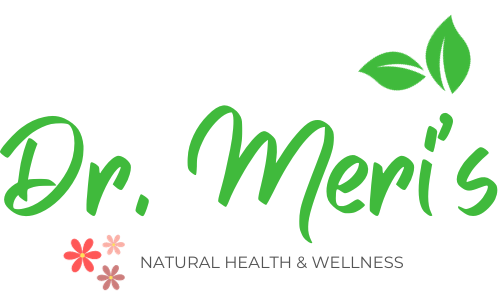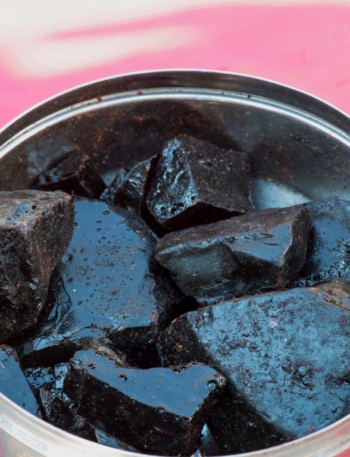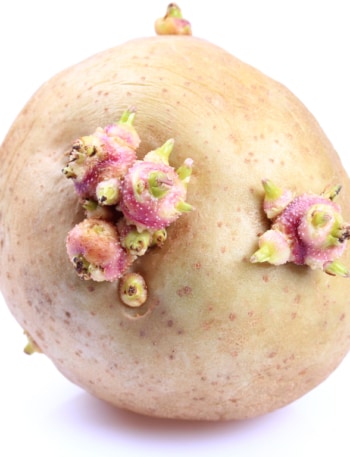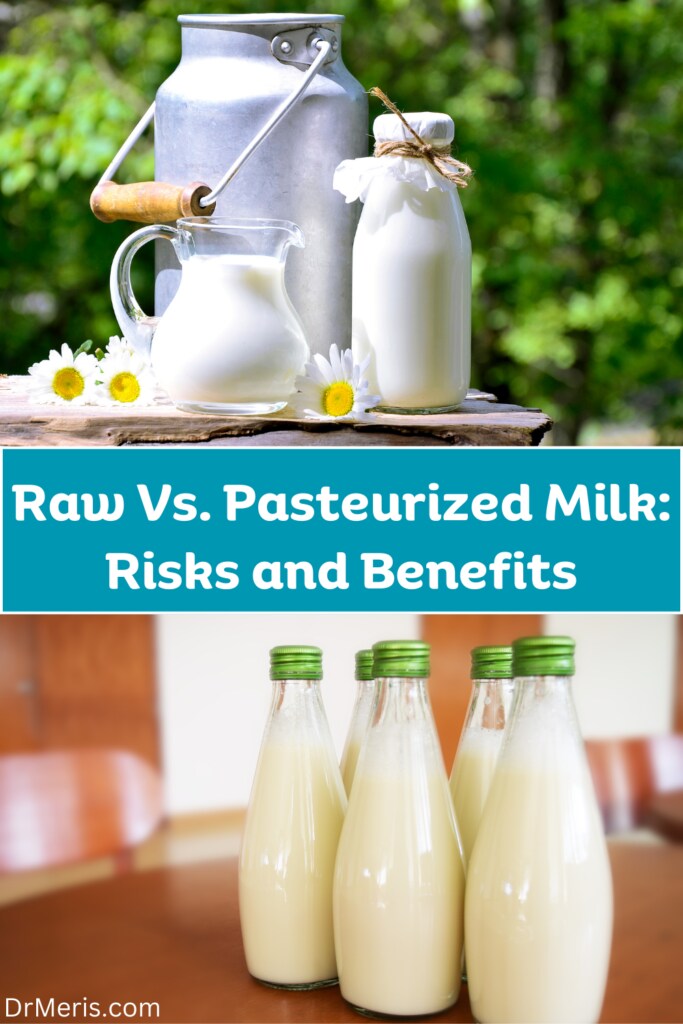
Milk is an essential dietary element primarily derived from cows. It can also be derived from goats, sheep, buffalo, or even camels. Raw milk is milk that has not been pasteurized, which is a technique of heating and cooling liquid products to kill microorganisms and improve shelf life. What are the risks and benefits of raw milk?
In the context of the present movement toward more natural products, there appears to be a growing desire for raw milk consumption. Milk health benefits are thought to be lost when heated.
The potential benefits of drinking raw milk are currently being debated and are gaining in popularity. However, there are concerns about the possibility of catching diseases from raw milk if it is contaminated with human pathogens.
What is the pathogenic risk of raw milk?
Many surveys have revealed the presence of numerous pathogen species in raw milk. Raw milk can cause tuberculosis, diphtheria, and typhoid, as well as Campylobacter, Listeria, Brucella, E. coli, Salmonella, and streptococcal infections, making it potentially harmful to ingest.
In developed countries, milk-borne and milk-product-borne illnesses account for 2-6% of all bacterial foodborne outbreaks.1
For bacteria like Campylobacter jejuni and Listeria monocytogenes, prevalence levels have reached as high as 13%.2
Over one-third of milk samples carried at least one pathogen.3 Therefore, we have to assume that germs are present in raw milk.
Even when acquired from clinically healthy animals, raw milk can be contaminated with microorganisms. Pathogens can be found in milk that looks to be of high quality.2
Conclusion
Raw milk is not safe and poses a considerable risk of food poisoning when consumed.
Do healthy cows have pathogens in their milk?
Pathogens can be found in the milk of healthy animals. Some of them are found in healthy cattle and goats but cause no symptoms. If you are infected by these agents, you will become unwell.
E. coli is one example. It is a natural inhabitant of the gastrointestinal tract of warm-blooded animals and is common in the farm environment. It is a natural bovine animal resident, but it can cause disease and even death in humans.
How was milk pasteurization introduced?
Pasteurization was implemented in the early 1900s in response to an outbreak of bovine (cow) tuberculosis in the United States and Europe.2 Bovine tuberculosis is easily transmitted to humans and remains a problem in places of the world where unpasteurized milk is regularly consumed.4
What is bovine tuberculosis?
Bovine tuberculosis is a bacterial infection caused by Mycobacterium bovis. Bovine tuberculosis primarily affects cattle, however, other species can become infected.
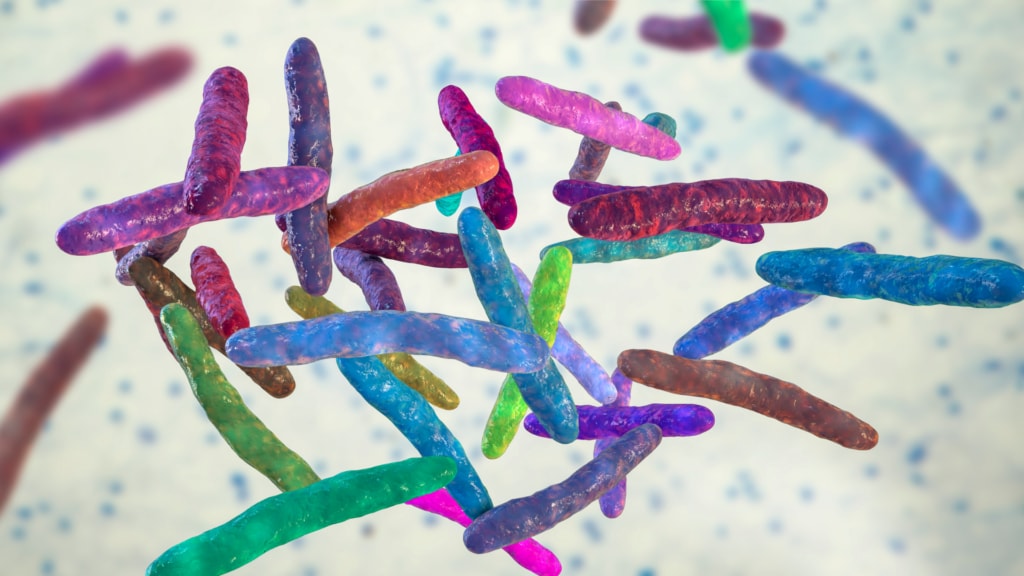
This germ is still a major source of human tuberculosis in underdeveloped countries, where humans frequently live close to their animals and consume unpasteurized animal products.
Bovine tuberculosis in animals and humans can infect the lungs as well as the intestines and other regions of the body.
How is raw milk contaminated?
Pathogens can contaminate raw milk through at least four different mechanisms:2
- The direct transit of bacteria from the cow’s circulation into the milk (systemic infection)
- Mastitis (infection of the udder).
- Fecal contamination (environmental contamination of milk during or after milking).
- Contamination caused by human skin.
Can raw milk safety be inspected before consumption?
Pathogens are not visible to the naked eye. In addition, their numbers multiply over time, making it extremely difficult to check the safety of raw milk before consumption.
Common claims about the health benefits of raw milk
A variety of claims have been made regarding the potential health benefits that may be obtained by drinking raw milk.
According to raw milk supporters, many of the hazardous germs killed by pasteurization, such as tuberculosis, are no longer an issue.
Furthermore, they say that the pasteurization procedure diminishes the overall nutrition and health advantages of milk.
They also believe that raw milk contains more amino acids, antimicrobials, vitamins, minerals, and fatty acids than pasteurized milk. They also believe that it is a better option for people who have lactose intolerance, asthma, autoimmune and allergy diseases.
However, the majority of these statements are not supported by science.
Does pasteurized milk have fewer nutrients?
The nutritional quality of milk does not alter significantly after pasteurization. 2,5
Proteins
Pasteurization does not affect protein quality; small quantities (7% of whey protein denaturation) have been recorded as a result of pasteurization. However, protein denaturation does not affect protein nutritional quality.
Enzymes
Although raw milk includes trace amounts of various proteases and lipases, these enzymes have no physiological role in human digestion.2
Moreover, both the indigenous milk proteinase (plasmin) and lipase (lipoprotein lipase) are very heat stable, so there should be no difference in activity between pasteurized and raw milk.2
Raw milk enzymes are most likely degraded/hydrolyzed in the human digestive system due to stomach acid, pepsin, and others.2
Minerals
Pasteurization does not change the concentrations of minerals since they are relatively heat stable.2
Vitamins
Another proposed benefit of raw milk is that it contains higher quantities of vitamins.
Pasteurization may result in small losses of less than 10% of vitamin C, folate (vitamin B9),
vitamin B12, vitamin B6, and thiamine (vitamin B1).6
Milk is a great source of only vitamin B12, as it contains low concentrations of most of the aforementioned vitamins, which may result in slight losses during pasteurization.6
Pasteurization does not affect the content of riboflavin (B2) (which is extremely heat stable) or fat-soluble vitamins such as vitamin A or E.6
Conclusion
- Pasteurization does not significantly affect vitamins.
- Pasteurization does not affect protein quality.
- Pasteurization does not change the concentrations of minerals.
Notes
Factors such as type of packaging material, light exposure, and storage time/temperature have far greater effects on vitamin losses in milk.2
Feed (e.g. pasture grazing) may have a significant impact on milk composition, and proponents of raw milk sometimes conflate feed-related changes in milk composition with those produced directly by pasteurization.2
Does raw milk protect against allergies and asthma?
Growing up in a farming environment is related to a lower incidence of allergies and asthma.7 Consumption of unpasteurized cow’s milk or yogurt by children living on farms or in rural areas appears to have a protective effect against the development of asthma, allergies, and atopy.8
However, epidemiological data show that consuming pasteurized milk is not correlated with an increased risk of developing respiratory allergies or atopic dermatitis.9
The consumption of raw cow’s milk at a young age has been proposed as a probable cause of this impact. One concern is that milk is either drunk raw or boiled at the farm level.2
Early exposure to farm allergens may aid in the development of a more strong immune system in certain infants. Microorganisms have been identified in farming environments, such as barns and milkhouses, which have been reported to have an allergy-protective effect.10
PRECAUTION: Exposing intentionally infants to raw milk in an attempt to boost their immune function would be fraught with ethical concerns since human pathogens are routinely found in raw milk.7
Conclusion
Consumption of unpasteurized cow’s milk or its products by children living in a farming environment may protect against the development of asthma and allergies.
Does raw milk help with lactose intolerance?
Lactose intolerance is a disease in which people have digestive symptoms, such as bloating, diarrhea, and gas after eating or drinking milk or milk products. Many people lose their capacity to digest lactose as they age, and this can lead to lactose intolerance.
One of the claims made regarding raw milk is that it helps those who are lactose intolerant. This is assumed to be because raw milk includes a high concentration of lactic acid bacteria, which create lactase enzymes that would otherwise be destroyed during pasteurization. However, there is little data to back up these anecdotal claims.11
A pilot randomized controlled study involving 16 persons with lactose malabsorption found no benefit of raw milk over pasteurized milk for gastrointestinal symptoms.12
In a survey of raw milk consumers,13 more than one-third reported stomach discomfort after drinking pasteurized milk but no discomfort after drinking raw milk. However, even though the vast majority of these participants did not have a lactose intolerance diagnosis.
There is no evident reason why raw milk may help with lactose intolerance because it contains no β-galactosidase enzyme. Individuals with lactose intolerance tolerate yogurts better because they include large numbers of microorganisms that produce β-galactosidase.2
Conclusion
There is no evidence that raw milk may help with lactose intolerance.
Does raw milk contain beneficial microflora?
Probiotics are described as live microorganisms that bestow a health benefit on the host when supplied in suitable doses.14
A few studies have investigated the effects of pasteurized milk on the human microbiome.
One cross-sectional investigation found a difference in oral microbiota composition depending on high versus low (pasteurized) milk consumption.15
Another study checked the effect of whole milk supplementation on gut microbiota and cardiometabolic indicators in lactose malabsorbers and absorbers.16 The authors discovered that whole milk supplementation considerably affected the composition of the intestinal microbiota in lactose malabsorbers resulting in an increase in the phylum Actinobacteria as well as increases in numerous genera, including Bifidobacterium, Anaerostipes, and Blautia.
These modifications occurred exclusively in lactose malabsorbers and not in lactose absorbers, implying that the increased lactose substrate reaching the colon favored the growth of particular microbes.
Moreover, It was reported that consumption of unpasteurized milk and dairy products appears to be linked to the proliferation of the probiotic bacterium genus Lactobacillus in the human stomach.11
However, more research is needed on the impact of dietary modifications on gut microbiome composition.
Finally, if you eat fermented milk products like yogurt prepared from pasteurized milk, you can obtain those healthy bacteria without the harmful ones. The harmful bacteria found in raw milk can still be found in dairy products such as soft cheeses, ice cream, and yogurt.
Conclusion
Raw milk may contribute to the development of probiotics (healthy bacteria).
Final thoughts
Drinking raw milk offers a genuine and unnecessary health risk due to the possibility of pathogenic bacteria infection.
Pasteurized milk has an outstanding food safety record and constitutes a dietary source of several essential elements.
The risk of raw milk outweighs its few benefits. So do you still want to take the risk?
Drinking raw milk and, with luck, living to a healthy old age without sickness interfering is achievable, but don’t bet on it. It is better to stay on the safe side and drink pasteurized milk.
If you eat fermented milk products like yogurt prepared from pasteurized milk, you can obtain probiotics (good bacteria) without the harmful ones.
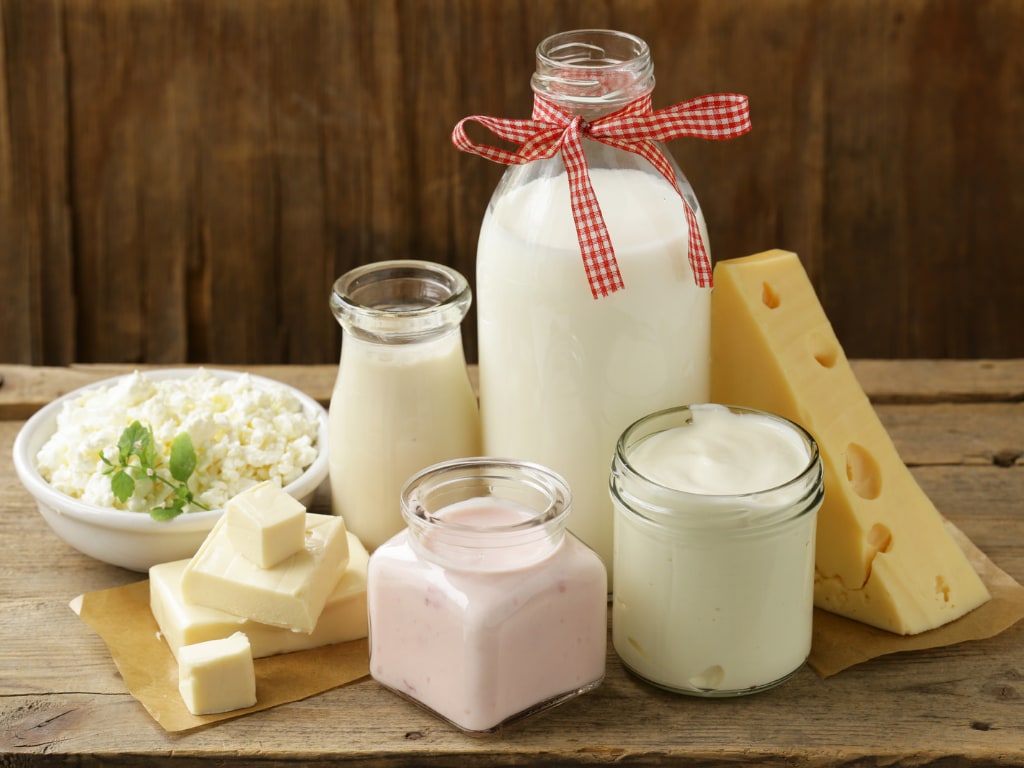
It is therefore advised to heat milk before serving it to young children, pregnant women, or anyone suffering from a chronic ailment or a reduced immune system.
You can buy raw milk and pasteurize it yourself at home. Read about: How to Pasteurize Raw Milk at Home?
References
1. Claeys, W. L. et al. Raw or heated cow milk consumption: Review of risks and benefits. 31, 251-262 (2013).
2. Lucey, J. A. Raw Milk Consumption: Risks and Benefits. Nutrition Today 50, 189-193, (2015).
3. Griffiths, M. Improving the safety and quality of milk: Milk production and processing. (Elsevier, 2010).
4. Collins Á, B., Floyd, S., Gordon, S. V. & More, S. J. Prevalence of Mycobacterium bovis in milk on dairy cattle farms: An international systematic literature review and meta-analysis. Tuberculosis (Edinburgh, Scotland) 132, 102166, (2022).
5. Fox, P.F., Uniacke-Lowe, T., McSweeney, P.L.H., O’Mahony, J.A. Heat-Induced Changes in Milk. In: Dairy Chemistry and Biochemistry, Springer, Cham, (2015).
6. Macdonald, L. E. et al. A systematic review and meta-analysis of the effects of pasteurization on milk vitamins, and evidence for raw milk consumption and other health-related outcomes. Journal of food protection 74, 1814-1832, (2011).
7. van Neerven, R. J., Knol, E. F., Heck, J. M. & Savelkoul, H. F. Which factors in raw cow’s milk contribute to protection against allergies? The Journal of allergy and clinical immunology 130, 853-858, (2012).
8. Beerens, H., Hass Brac de la Perriere, B. & Gavini, F. Evaluation of the hygienic quality of raw milk based on the presence of bifidobacteria: the cow as a source of faecal contamination. International journal of food microbiology 54, 163-169, (2000).
9. Wijga, A. H. et al. Association of consumption of products containing milk fat with reduced asthma risk in pre-school children: the PIAMA birth cohort study. Thorax 58, 567-572,(2003).
10. Debarry, J. et al. Acinetobacter lwoffii and Lactococcus lactis strains isolated from farm cowsheds possess strong allergy-protective properties. 119, 1514-1521 (2007).
11. Butler, M. I. et al. Recipe for a Healthy Gut: Intake of Unpasteurised Milk Is Associated with Increased Lactobacillus Abundance in the Human Gut Microbiome. Nutrients 12, (2020).
12. Mummah, S., Oelrich, B., Hope, J., Vu, Q. & Gardner, C. D. Effect of raw milk on lactose intolerance: a randomized controlled pilot study. Annals of family medicine 12, 134-141, (2014).
13. Mullin, G. E. & Belkoff, S. M. Survey to determine why people drink raw milk. Global advances in health and medicine 3, 19-24, (2014).
14. Hill, C. et al. Expert consensus document. The International Scientific Association for Probiotics and Prebiotics consensus statement on the scope and appropriate use of the term probiotic. Nature reviews. Gastroenterology & hepatology 11, 506-514, (2014).
15. Johansson, I., Esberg, A., Eriksson, L., Haworth, S. & Lif Holgerson, P. Self-reported bovine milk intake is associated with oral microbiota composition. PLoS One 13, e0193504, (2018).
16. Li, X. et al. Effects of Whole Milk Supplementation on Gut Microbiota and Cardiometabolic Biomarkers in Subjects with and without Lactose Malabsorption. Nutrients 10, (2018).
Sign Up for Our Email List
Get our latest articles, healthy recipes, tips, and exclusive deals delivered straight to your inbox with our newsletter.
We won't send you spam. Unsubscribe at any time.
